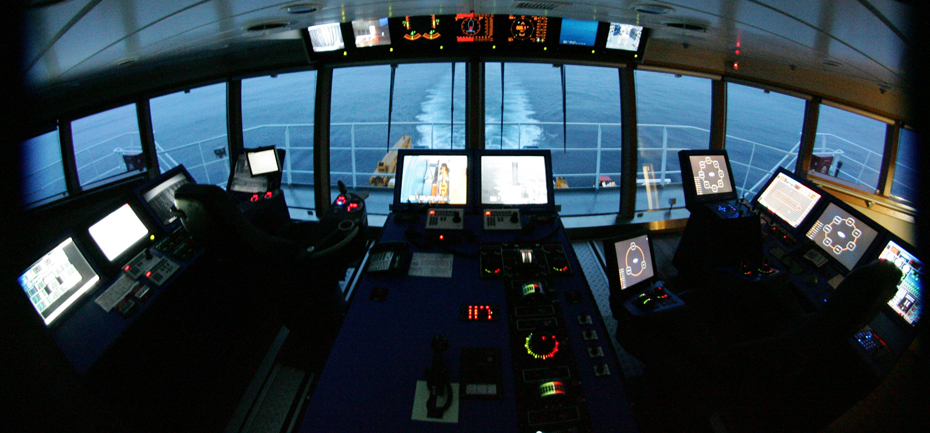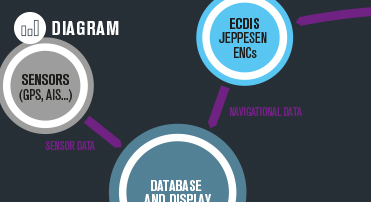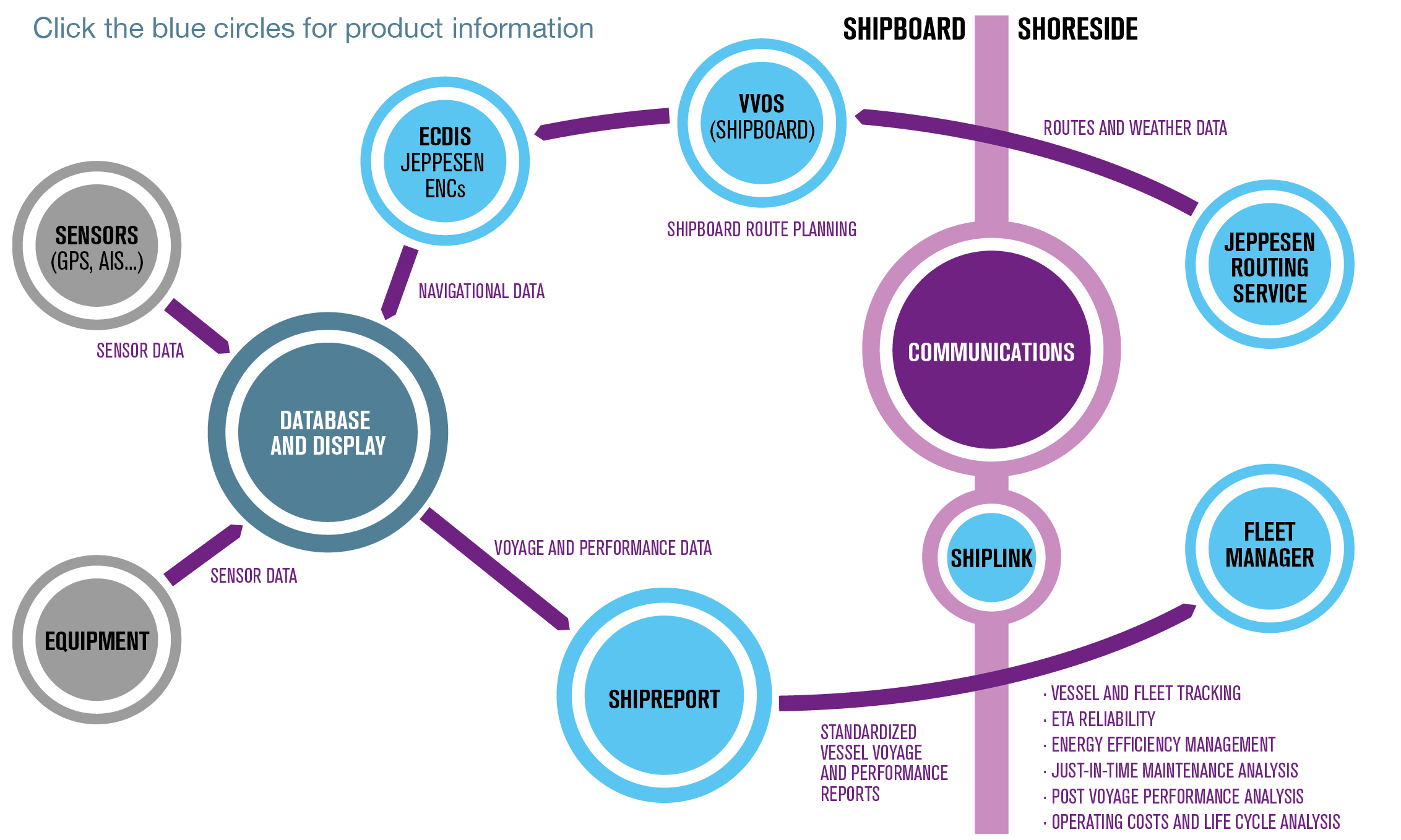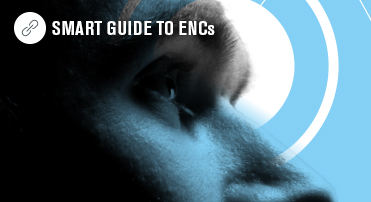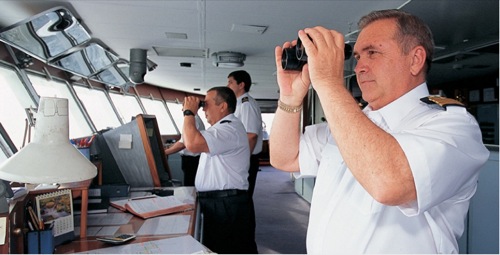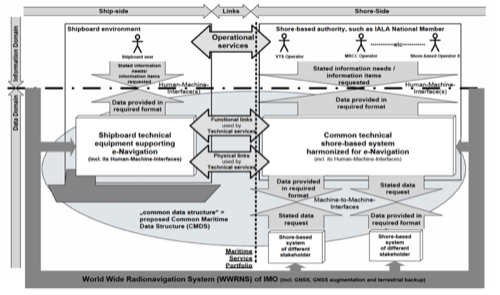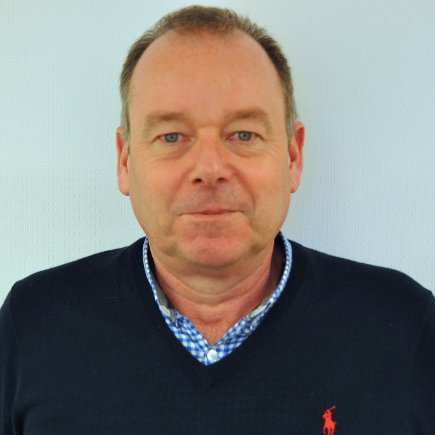As e-Navigation technology develops, it reveals new ways to generate operational gains in areas such as fuel efficiency and route optimization, gains that promise swift returns on ECDIS-related investments. This promise should be just the encouragement the shipping world needs to really push ahead with ECDIS implementation.
So why has skepticism arisen again, and why all the talk about a new generation of ECDIS and ENCs? Will today's hardware, software and charts become obsolete, as some fear?
THE S-100 GENERATION
As Paul Elgar, Jeppesen's OEM strategic business manager explains, the cause for concern is the IMO's new S-100 hydrographic data model and its associated IHO S-101 product specification for ENCs, both of which come into force in 2016.
He says that shipowners who know S-100 is coming are worried that buying an ECDIS now could be like buying a 2014 car model - when you know it will be replaced by a new one at the end of the year.
"The new specifications require ECDIS manufacturers to develop new systems," Elgar confirms, "Some will start in late 2014, and Jeppesen will support them by delivering a new, multi-platform ECDIS kernel that ensures they comply with all new specifications and can supply the advanced functionality that users increasingly want." He predicts S-100 compatible ECDIS systems will be on the market by late 2016.
Similarly, the IHO S-101 product specification for ENCs means HOs must begin producing a new type of next-generation ENC that integrates richer information. "To kick-start this process, we have produced an S-57 to S-101 converter to support hydrographic offices producing S-101 chart data," explains Elgar. "These S-101 ENCs will form the base navigation layer for S-100-enabled ECDIS, but their true potential will not be realized until additional product specifications are developed to interact with S-101." Richer data capability is a major benefit of the new specifications, allowing the introduction of additional features not available in the current data formats. The IHO has approved work on product specifications for high-resolution bathymetry and nautical publications. Other potential S-100-based product specifications
may include real-time tidal information and port operations information.
WHAT ARE THE ADVANTAGES?
Michael Bergmann, CIRM president and Jeppesen maritime industry director, says that S-100 and S-101 "will solve the cause of the infamous ECDIS anomalies, the discrepancy between the ECDIS rendering engine and its encoding of the data." He adds that they will also enable a regular updating process that ensures the future quality of ECDIS software.
As part of the IMO Strategic Implementation Plan (SIP), Jeppesen is collaborating with the Korea Maritime and Ocean University to create a software quality assurance system which Bergmann calls "essential for ensuring the interoperability of systems that e-Navigation depends upon."
Another major benefit of S-101 is the ability to introduce additional features not available in S-57 ENCs. The IHO has approved work on product specifications for high-resolution bathymetry and nautical publications. Other potential S-100 based product specifications may include real-time tidal information and port operations information.
JJ Ung Gyu Kim, CEO at Hyundai e-Marine, currently developing an S-100-compliant ECDIS and an augmented reality navigation system to visualize S-100 navigational information, emphasizes that "Next-generation ECDIS will be able to integrate all types of chart data and information from other navigational equipment in real-time and portray it via web and mobile applications."
CAREFUL TRANSITION
Reassuringly, the IMO has proposed a phased development approach with a transitional change to the new standard. Some industry experts say this also helps clarify the development track towards e-Navigation. First-generation ECDIS will go "enhanced" (compatible with more devices), then ECDIS will become part of INS (Integrated Navigational Systems), where all devices on board are networked and different platforms speak to each other in common language; followed by fully fledged e-Navigation with industry- wide exchange of data and information between all key maritime stakeholders.
THE MARITIME CLOUD
The e-Navigation vision of industry-wide digital integration is supported by the S-100 standard because this is fully aligned with mainstream international geospatial standards, in particular ISO 19000. Equipment manufacturers can then use a common data protocol, simplifying the interconnection of ECDIS systems with other equipment, such as engines, fuel flow meters and torque meters. Industries such as commercial aviation and power generation have already moved to common open standards data protocols.
In addition to standards, e-Navigation needs an infrastructure providing authorized seamless information transfer on board ship, between ships, between ship and shore and between shore authorities and other parties. This would enable, for example, navigators to provide vessel information to a port authority at the push of a button - substantially simplifying reporting work.
Krystyna Wojnarowicz, co-founder of MARSEC-XL, the marine software engineering cluster of excellence, supports this approach, as "Enabling the Internet of Things at Sea for maritime operations will require a unified approach to software system architecture. Smart, sensor-enabled devices will have to be connected in networks to form a seamlessly interoperable 'maritime eco-system.'"
The Danish Maritime Authority, an avid supporter of e-Navigation, has proposed the Maritime Cloud, a cloud- computing solution providing access to information located on servers around the world. Wojnarowicz says a cloud solution based on open IT architecture will increase innovation and competition, enabling reuse of components, facilitating rapid technology introduction, and reducing maintenance needs. The IMO is working on policy for implementation of the Maritime Cloud as a gradual transition and replacement of existing infrastructure, procedures and systems.
As a stepping stone towards a future of smart ships and an interconnected industry, S-100 will be a litmus test of the maritime community's appetite for broad stakeholder collaboration and innovation. Welcome to the next generation!
